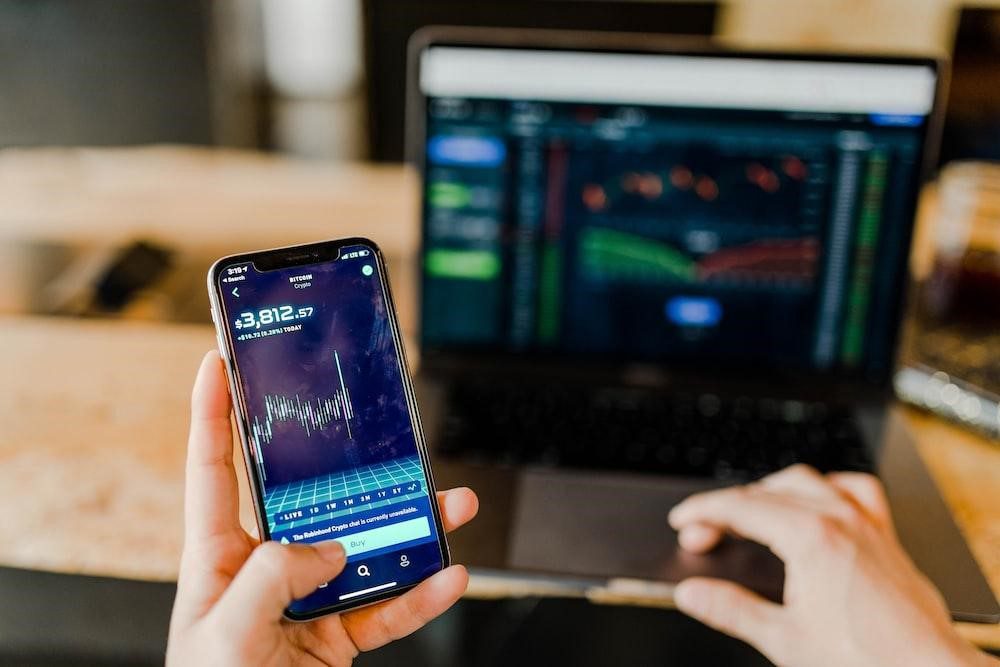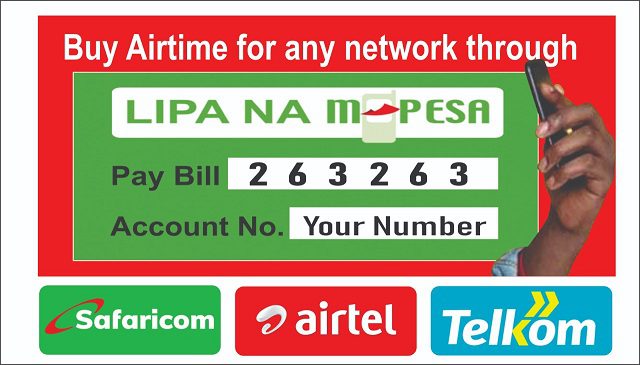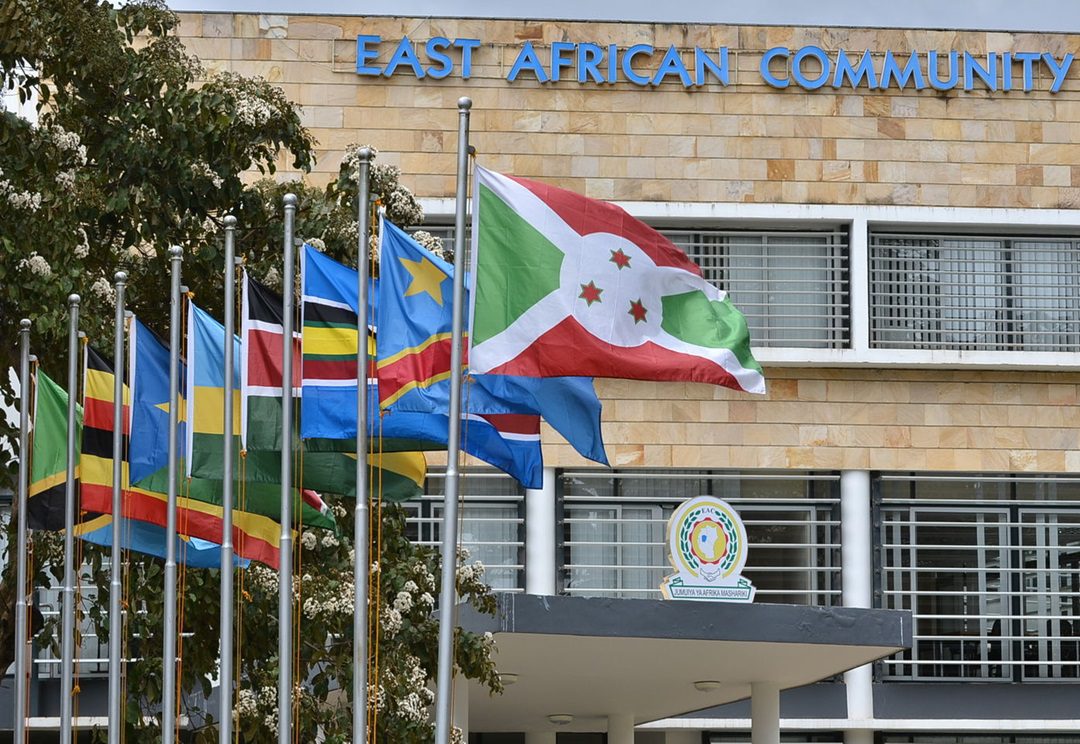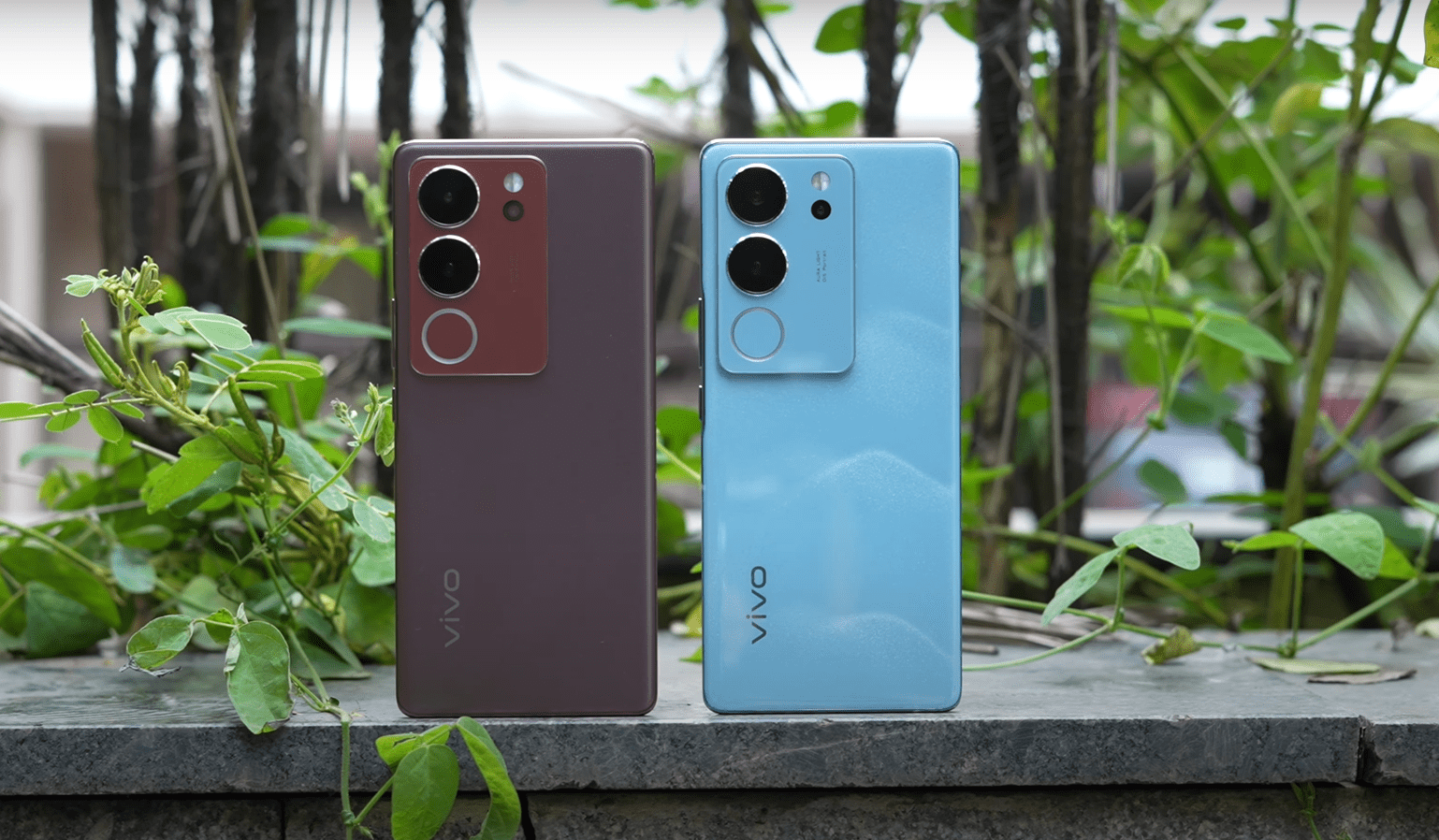

Since Kenyan banks lost to Mpesa in 2006, their sole strategy has been to catch up. Kenyan banks are running out of ideas. In under a decade, they have tried everything, from slinging mud at Mpesa, partnering with Mpesa, and now a last resort, to copy Mpesa.
On February 16, 2017, the Kenya Banker’s Association, a 47 member bank consortium, unveiled PesaLink, a joint mobile payments network that reporters say will put an end to Mpesa’s dominance.
What is PesaLink?
PesaLink is mobile money transfer switch owned by banks, that is expected to connect all banks in Kenya. IPSL – Integrated Payments Services Limited, a jointly owned technology subsidiary, is the payment service operator that will run it on behalf of the banks – it is not yet live.
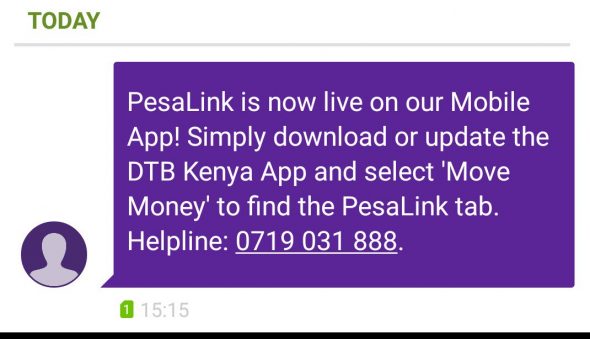

PesaLink is supposed to diminish banks’ reliance on mobile money service providers. Users will be able to send peer to peer (P2P) money transfers from as low as Ksh. 10 up to Ksh. 999,999 from their mobile phones to any local bank, ATM, agent, branch, merchant, Point of Sale (POS), internet banking or even to a non-bank account holder by use of a withdrawal code.
…banks realized they were losing up to Ksh. 2.3 billion to mobile phone operators. Pesa-Link was a comeback to the ubiquity of mobile phone wallets…
In 2012, banks realized they were losing up to Ksh. 2.3 billion to mobile phone operators. PesaLink was conceived as a comeback to the ubiquity of mobile phone wallets, that had shamed banks for a decade. Mobile wallets do not require a bank account and only ask for minimal know your customer (KYC) information to get started, yet, they can do (almost) everything that a bank can . Telecommunications companies were able to beat banks by scaling this virtual bank overnight.
…Mpesa demands 30% of mobile loan profits from banks, for hosting them on this wallet..
For example, Mpesa, which is actively used by 16 million users but only processes low value transactions, capped at 140,000 KES per day per wallet by the Central Bank of Kenya. Low value transactions have proved lucrative over its lifetime, raking in fees from remittances, bill payments, merchant payments, loan processing, and online payments. In addition, Mpesa typically demands 30% of mobile loan profits from banks, for hosting them on this wallet. Kenyan banks have lost to Mpesa more than they are letting on.
When Mr. Habil Olaka, CEO of Kenya Bankers Association announced PesaLink and IPSL back in May 2016, 1 Bank of Baroda had been chosen to finance the project, 47 member banks were joint equity holders, and 25 banks had committed to user testing trials. But, at the launch last week, only 12 banks had made the shortlist for phase one:
- 2 foreign banks – Barclays and Standard Chartered Bank
- 1 local tier 1 bank – Cooperative bank of Kenya
- 3 medium tier banks and – Commercial Bank of Africa, I&M bank, Diamond Trust Bank, Gulf African Bank
- 4 small tier banks – Credit Bank, prime bank, Victoria Commercial Bank, Middle East Bank
Notably missing from the list were the 2 leaders in Kenya’s banking sector: Equity Bank and Kenya Commercial Bank.
[Update] We have confirmed that Equity Bank is indeed signed up to Pesalink.
Why were Kenya’s 2 biggest missing?
Equity Bank already went out, set themselves up as a Mobile Virtual Network Operator and got a SIM card as a response to Mpesa’s dominance.
Back in 2010, Equity Bank had been the first prudentially regulated financial institution to partner with Mpesa on a mobile savings account dubbed M-Kesho. It was issued by Equity Bank, but marketed as an “Mpesa Equity account” – much similar to what we have today with Mshwari and KCB Mpesa.
The partnership did not last. Equity Bank, realized that as long the bank did not control the SIM, their arrangement was always going to be a dependency. Safaricom had a clear advantage, it owned both the telephone network and proprietary rights to the mobile SIM – a card they played till the end.
Equitel was thus born out of the need for a bank with all the features and technical agility of a telecommunications company — a mobile virtual network operator.
Today, I have an Equitel bank sim card on my dual SIM phone and buy airtime on my Equitel line. It is just like Safaricom and Mpesa, but instead my bank is my mobile service provider. With Equitel, one can send, receive and pay up to 999,999 KES for free! The platform has grown to become the second biggest money transfer service, with 15% of market share behind Safaricom and over 2.5 million subscribers as at end of 2016.
Meanwhile, Kenya Commercial Bank is reportedly working on its own mobile virtual network operator behind closed doors, similar to Equity Bank.
Banking Alliances rarely work
Toffene Kama, an electronic payments expert says sectoral alliances, like Pesa-Link, rarely work, despite ambitious press releases and announcements. Over time he says, some members follow their own agenda or become wary of political posturing by dominant members.
Pesa-Link is a huge gamble by the Kenya Banker’s Association – it has to work. 2 of Kenya’s banking leaders while part of IPSL, are not fully committed to the success of PesaLink; they have plan B alternatives to fall back on if PesaLink fails. For now, Mpesa continues to shame Kenyan banks.






